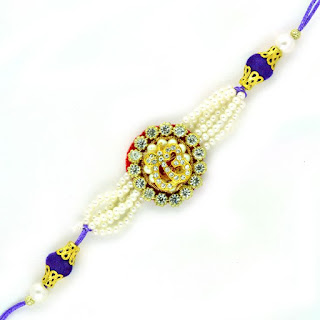Diwali celebrations by Tamil Hindus in Sri Lanka.
This festival, a public holiday in the island nation, is also called "Deepavali" and is celebrated by the Tamil community. On this day, it is traditional for people to take an oil bath in the morning, wear new clothes, exchange gifts, performing Poosai (Pūjā), and a visit to the Koil (Hindu temple) is normal.
Burning of firecrackers in the evening of the festival is a common practice of this festival. Hindus light oil lamps to invite the blessings of Lakshmi, the goddess of wealth and to banish any evil from the household for once and for all. The festival is marked by illumination, making of toys of enamel and making of figures out of crystal sugar popularly known as Misiri.
Sri Lanka's celebration include many of the traditional aspects of Deepavali such as games, fireworks, singing and dancing; however, the tradition of a large meal, family reunions and fireworks are admirably preserved.
This festival, a public holiday in the island nation, is also called "Deepavali" and is celebrated by the Tamil community. On this day, it is traditional for people to take an oil bath in the morning, wear new clothes, exchange gifts, performing Poosai (Pūjā), and a visit to the Koil (Hindu temple) is normal.
Burning of firecrackers in the evening of the festival is a common practice of this festival. Hindus light oil lamps to invite the blessings of Lakshmi, the goddess of wealth and to banish any evil from the household for once and for all. The festival is marked by illumination, making of toys of enamel and making of figures out of crystal sugar popularly known as Misiri.
Sri Lanka's celebration include many of the traditional aspects of Deepavali such as games, fireworks, singing and dancing; however, the tradition of a large meal, family reunions and fireworks are admirably preserved.




















